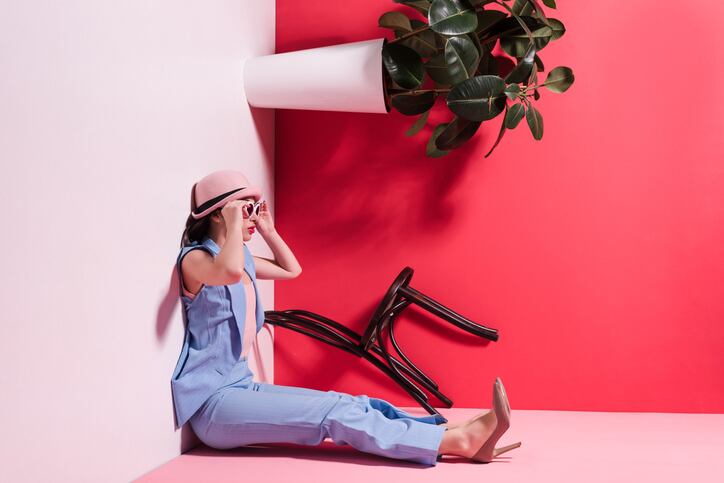Expanding into new markets, building a unicorn Indie brand or creating a social media empire are just a few tick boxes on the innovation list for many beauty firms. But while beauty, like many other industries, heavily invests in research and development, are efforts enough? And is innovation truly disruptive?
Disruptors ‘reconceptualise the market’ and ‘lead fearlessly’
Addressing attendees at last month’s SCS Formulate event in Coventry, UK, beauty and fashion research analyst at Euromonitor International Gabriella Beckwith said disruption was about creating something that didn’t exist.
“Disruptors reconceptualise the market; they’re able to see beyond the market and think outside of the box. They are generally consumer-centric, they might spot a gap in the market and deliver on something that meets the needs of consumers, and consumers may not even be aware they have these needs,” Beckwith said.
“They often engage and use technology to engage with the consumer and deliver an authentic experience. They also lead fearlessly, aiming to revolutionise a category and they’re not tied down by lots of bureaucracy.”
Beckwith said Euromonitor International had identified three company types able to disrupt: ‘insurgents’ - small, dynamic and fast-growing brands; ‘incumbents’ - multinationals with a large market share incubating Indie brands; and ‘local brands’ – operating on a local scale in their home market.
Netflix and Uber have ‘really been disruptive to their industry’
WHAT IS DISRUPTION?
Euromonitor International has built a framework to categorise innovation into three areas:
. Renovation – where a company improves an existing category or ideas
. Innovation – where a company extends an entire category through new innovations
. Disruption – where a company invents an entirely new category or market
Speaking to CosmeticsDesign-Europe after her presentation, Beckwith said it was rare to see true disruptor brands in beauty, as was the case in other industries.
“You see Netflix and Uber, for example, they’ve really been disruptive to their industry. I think in the beauty industry, we are yet to see a truly disruptive player.”
And it was difficult to predict where true disruption may come from, she said. “It’s difficult to find what that is because it’s about building a need that consumers might not even be aware they had.”
Personalised beauty 4.0 - Use of technology and AI to disrupt
However, Beckwith said one area that presented clear opportunities for beauty disruption was personalisation, particularly across skin care and hair care.
“I think combining [personalisation] with technology, and perhaps artificial intelligence, is perhaps where we could see a lot of disruption coming from in the future,” she said.
Asked if true disruption was only for nimble Indie brands or if big beauty could take a slice, Beckwith said: “I think anyone can disrupt.” But she said bigger beauty players faced challenges around bureaucracy and was a big reason behind the push towards incubation, as this strategy fostered “a more entrepreneurial environment” for these ideas to thrive and be truly innovative.
Overall, she said disruptive beauty innovation was about “creating value for the consumer and engaging with the consumer”.
Local brands did this particularly well, she said, because they were integrated with consumers locally and really understood what mattered to them.
“It’s about starting there – with the consumer – and working backwards to create a product that fits in with their life and needs,” she said, as well as building needs that consumers weren’t yet aware of.
US and Western Europe leading the charge
Beckwith said the US beauty market tended to lead on disruptive innovation, with plenty of big brand market share being taken away by the smaller players. This trend had also filtered over to Western Europe, she said. And while the Middle East and Africa seemed “a bit behind now”, she said there was still opportunities for brands to grow and innovate, and there could be some big change here in the future.
“One of the points about disruptors is they’re leading fearlessly. So, it’s about being bold and really creating and standing out against everyone else,” Beckwith said.



